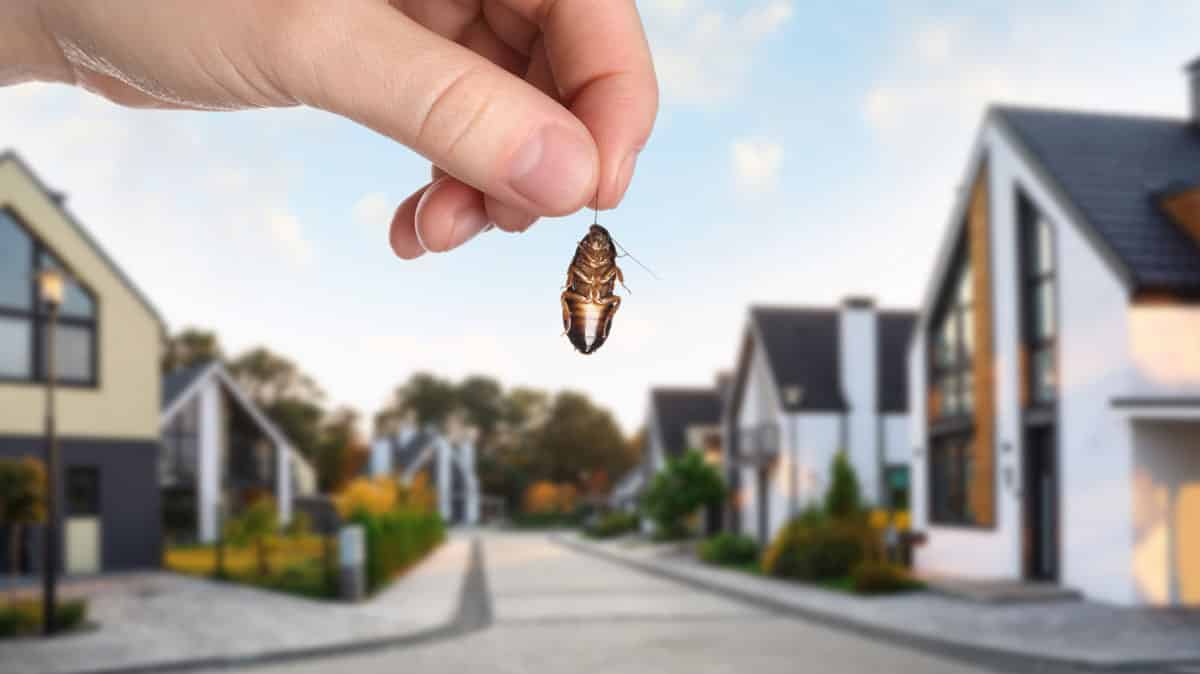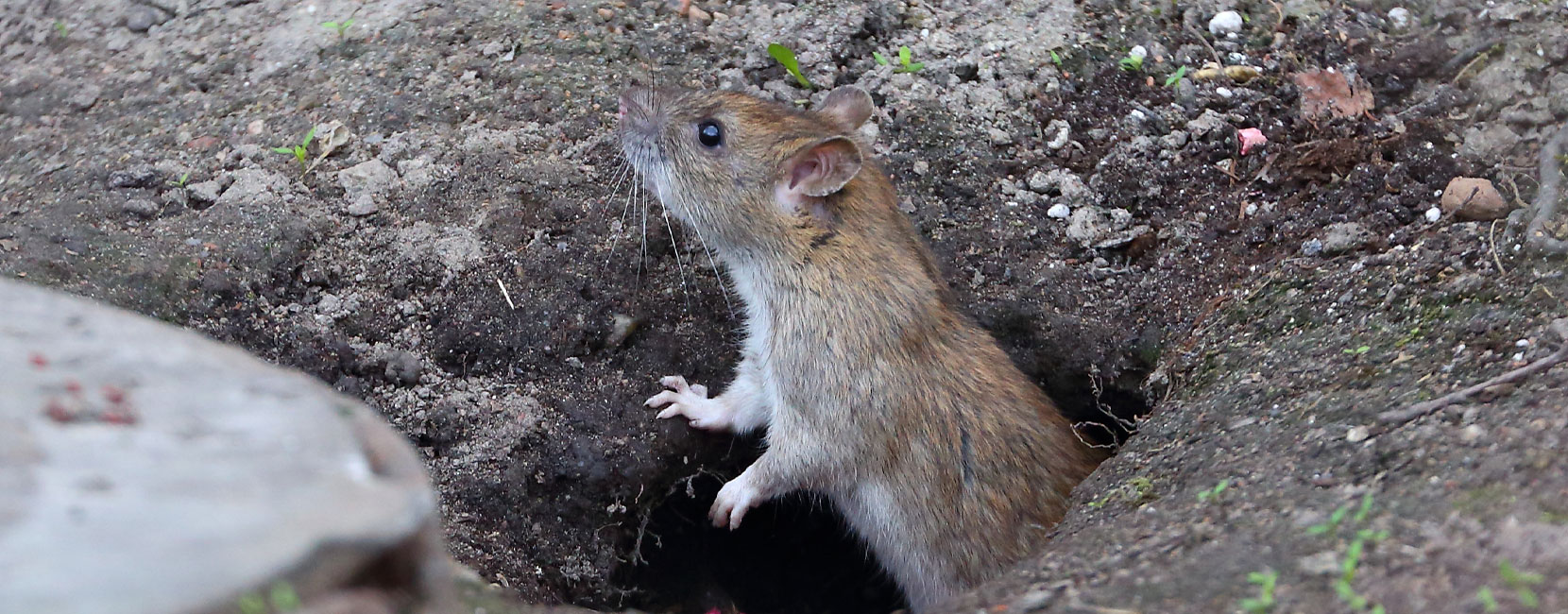Pests or Beneficial Insects?
More than 95 percent of insects that have been identified are either harmless or beneficial to humans. They live in an environment that is delicately balanced ecologically.
The term pest is not the name of an ecological niche, but is more of a misunderstanding on the part of the human species, who sometimes disrupt the balance of nature. For example, the termite is much maligned. Its role in nature is of the utmost importance. Termites feed primarily on dead wood and plant materials, breaking them down and recycling nutrients for further plant growth. However, termites are classed as pests due to the occasions in which they attempt to recycle our homes and buildings. Wasps are also considered an adversary and are often feared. However, the larvae of parasitic wasps are important in balancing the populations of other insects, such as caterpillars, leafhoppers, or cicadas. It is apparent that complete eradication of one insect species may cause an increase in populations of others.
Many pest insects are food sources for birds and other insect feeding species. Therefore, a rapid decline of insect populations could be followed by a decline of more desirable species. Of course, not all pests are insects. Rodents, gophers, rattlesnakes, weeds, spiders, and pigeons are a concern among homeowners, though they also have a role in the ecological balance.
It is important to learn about our pestiferous neighbors and appreciate the role they play. However, we need not compromise our own interests and invite them into our home. We want you to use this information to learn how your home can be modified to exclude pests and make it less attractive to them. We can discourage pests from bothering us without having to remove them completely and usually without using pesticides.
How can this benefit my home?
If done correctly, pest proofing your home is actually a long-term savings in pest management costs. Far too often, the homeowner relies on pesticide treatments applied by a pest management professional or self applied through purchases of pesticides from a local nursery or home improvement center. A single application very rarely corrects the problem so continuous multiple applications are necessary. Costs can dramatically increase in this way and you may become frustrated by this approach. Simply excluding pests from your home by following some general measures provided in this document will give you the best approach to managing unwanted pests.
Another benefit of pest proofing homes and buildings is an improvement in energy efficiency of the building, resulting in a welcome reduction in utility bills. Some pest management companies provide excellent pest proofing services. The first step is to conduct a thorough inspection of your home.
General Measures for Keeping out Pests
Inside Your Home
- Screen all openings. Include screens (20 mesh or finer) on doors or windows that can be opened, and on all ventilation openings. After maintain all screens in good repair. This stops the entry of many pests; however, certain tiny pests, such as aphids and leafhoppers, can get through standard mesh screening. The only way to deny entry to these small pests is to keep windows and doors closed.
- Install door sweeps or thresholds at the base of all exterior entry doors. No light should penetrate underneath exterior doors. The bottom of garage doors can be fitted with a rubber seal (not vinyl as it performs poorly in cold weather). Sliding glass doors can be sealed by lining the bottom track with foam weather stripping.
- Door seals. Be sure to inspect all seals of doors including the tops and sides. This is especially true for double doors that lack a central vertical support.
- Fill cracks. To exclude rodents, lizards and insects look for cracks around windows, doors and in fascia boards. For small cracks use good quality silicone or acrylic latex caulk. Latex-type caulks clean up easily with water and can be painted although they are less flexible than pure silicone. For larger openings, fill with a strong material that matches the structure such as wood, cement, sheet rock or mortar.
- All outside doors should be self-closing. Where this is not possible, a second screen door should be installed. This is particularly important for areas of scorpion or snake activity.
- Seal all utility openings. Include entry points of pipes and wires, around outdoor faucets, gas meters and laundry vents. Cracks should be cleaned and any peeling material removed. The hole can then be filled with a suitable sealant.
- Repair leaky piping. This will reduce water availability to pests. Inspect plumbing regularly, as a problem may not be apparent. Water damage can also weaken walls creating additional entryways.
- Install wire mesh. Use 1\4 inch hardware cloth over the attic, roof, chimney and crawl space vents in order to prevent entry of birds, bats, squirrels and rodents. Wear gloves when installing hardware cloth, as the wire edges are extremely sharp. Mesh screens can also be installed around the base of portable classrooms. The crawl spaces are attractive to many pests such as widow spiders, scorpions, cats and rodents that may create further insect and health problems (e.g., fleas, ticks, lice, etc.).
- Use airtight storage containers. Especially true for pet or human food. Certain small ants can gain access into ordinary jars by following the thread. If in doubt, keep the food in the refrigerator or freezer.
- Employ good sanitation procedures. Vacuum up all food crumbs; do not let soiled dishes sit out overnight. Dust under kitchen appliances and clean pet food dishes.
Outside Your Home
- General yard clean up. Remove clutter, in particular leaves and grass clippings from around the foundation and clean out window wells and drainage guttering. Prune shrubs and tree limbs touching the house to eliminate entry points.
- Use pest resistant trash receptacles. Lids should be self-closing with a tight seal. Dumpsters must be steam cleaned frequently.
- Pest proof your compost bin. A well-maintained compost bin will not attract pests into the area. Do not compost any meats, fish, bones, oils, fatty foods or dog/cat manures. Burying food waste into the center of the pile will reduce smells that attract pests. Ensure that each layer remains slightly damp and turn or poke holes in the pile every week or two to discourage nesting. Harvest finished compost at the bottom of the bin every three to six months. Avoid rodents and other small animals gaining access with a secure lid and stop them from burrowing in by lining the bottom and sides of the bin with hardware cloth (galvanized wire mesh).
- Encourage birds and bats. They are excellent predators of pests. To persuade birds to take up residence in your yard, plant trees or shrubs for nest sites, and provide a fresh water source. To encourage bats, put up houses for bats to roost in during the day.
- Plant flowers. This will help to encourage many beneficial insects. For example, the annual flower, alyssum, attracts flower flies and tiny parasitic wasps. Wildflowers and native shrubs are an effective and attractive addition to a yard.
- Regular maintenance checks. This requires a specific “walk-around” to inspect areas of previous insect activity and ensure all pest-proofing measures have remained intact.
Conclusion and More Information
- People who choose not to tackle these activities can hire a professional landscape and/or pest management firm to do it for them. Many companies offer pest proofing advice as part of their services.
- Pest proofing will reduce almost all incidents but it is extremely difficult to create a fully secure completely bug free area, nor is it necessary. In most cases, a vacuum cleaner or broom is the best response to the occasional bug that wanders in from outdoors.
- Authors: Dawn Gouge, Alison Stoltman, Jennifer Snyder and Carl Olson of the University of Arizona.













